In the early 1970s I had a stunningly unsuccessful career in the army. One of the places I was stationed was a delightful small town in Germany called Detmold in the ancient principality of Lippe.
The reason for my trip was to visit those barracks my regiment, The Life Guards, had been based in since 1945. In date order, these were in Goslar, Wolfenbuttel, Luneberg and Kladow near Berlin in the 1940s, Herford in the late 1950s/early 1960s, Detmold in the 1970s and 1980s and Sennelager in the early 1990s. Details and photos are on a separate page.
I also wanted to see some of the places and things one doesn’t appreciate in one’s youth.
This wasn’t to be a motorway dash from one point to another. In fact the intention was to avoid motorways and other fast roads as much as possible. I wanted to see something of the country.
The first stop was to meet up with some old comrades at the Horse Guards, Brokenborough. Excellent food, good beer and much lamp swinging made for a good lunchtime meet before travelling to Dover for the 10pm Dover – Dunkirk sailing.
Arriving in Dunkirk at 1am Monday local time, I tried to find the stopping place for motorhomes on the Quai des Hollandais, Dunkirk. As it was dark and I don’t know the area I couldn’t find it, although looking at the map later I drove straight past it.
Giving up on Dunkirk for some sleep, I made my way to the E40/A16 motorway and stopped at the first rest place, Aires de Ghyvelde. I woke up fairly early and drove on to a services for fuel. Despite notifying my bank that I would be travelling in Europe I was still nervous that my card would not be accepted. However, my worries were quickly and easily overcome by stopping at a pre-pay fuel pump. These are the same as those in the UK, insert card, select language, enter PIN, card authorised and a tank full of fuel is available. No fuss no bother.
Detmold
Another former Household Cavalryman, Mike, who had remained in Detmold after leaving the army, had offered me a bed for a couple of nights and so when I stopped for breakfast sent him a text with my ETA. Thanks to the conservative nature of my sat-nav’s time estimates I was only three-quarters of an hour late (guess who hadn’t changed his clock to European time).
Later, Mike drove us into town for a beer or two leaving the car in a side street. The first pub we encountered was the Kleiner Fritz and we thought it would be rude not to call in and sample their offerings.

From there we went to the Skyline Bowling Centre in Paulinenstrasse and then to Café Mix in Meierstrasse.
In the morning we visited Hermannsdenkmal (Hermanns monument) which stands on a high point of the Teutoburg Forest and overlooks Detmold. It took some forty years to complete due to a mixture of financial difficulties and political changes. The idea was to promote German nationalism and it commemorates the Cherusci war chief Arminius (in German, Hermann) and the Battle of the Teutoburg Forest in which the Germanic warriors under Arminius defeated three Roman legions under Varus in 9 AD. Source Wikipedia
The sun was lighting the back of the monument so I dropped Mike off to collect his car and went into Detmold town centre.
In the late afternoon we returned to see Hermann and from there we went to a local tourist attraction. It’s a small village of timber buildings with a pub, the Sudhaus which is the brewery tap for Liebhart’s brewery. The pork shank was excellent, as was the beer, and the venue is a good place to visit.
The following day my stomach was giving trouble and so we did nothing until the evening when Mike took me into town to see a particular pub. As we passed the Cosmo Lounge some of his colleagues from his part-time bar job were there assessing the competition. We felt it would be rude not to stop and help. As longstanding aficionados of beer and pubs, we found the beer and service to be excellent.
We went on to our original destination, the Strates Brauhaus in Lange Strasse. The building is reputed to be the second oldest in Detmold but it has some modern additions and the interior is modern. Having said that, the beer, food and service were all good.
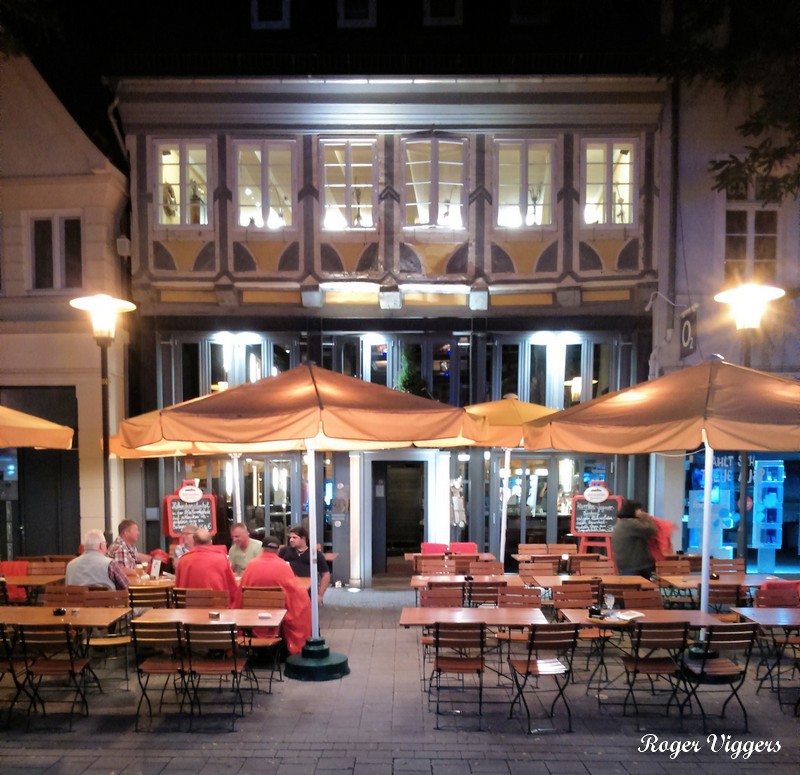
From a relatively upmarket town centre eaterie, I was dragged into a good old fashioned back street boozer, Sabine’s in Grabbestrasse.
On Thursday we visited the Freilichtmuseum (open air museum) just outside Detmold.
The museum is laid out as a series of villages depicting various periods through the history of the area and the land between them is used to cultivate older varieties of crops using agricultural techniques and equipment of the past. They also keep rare breeds of cattle, sheep, goats and fowl.
There is a horse drawn carriage to carry visitors up the hill to The White Horse (Im Weissen Ross) in Paderborner Hof located almost at the far end of the site.
By the time we arrived at Im Weissen Ross, it was nearly time for an early lunch so we went in, took seats and waited.
In good time, lunch arrived in the form of a local speciality; Lippischer Pickert which is a large potato cake with raisins, covered in butter, liver pate and sugar beet syrup. This was followed by battered apple rings covered in cinnamon and sugar with ice cream and custard all washed down with a small beer.
From the inn we walked round the village. The buildings range from the grand Manor House originally from Wiedenbrück built in about 1720 to more modest day labourer’s houses with many in between including a working bakery. The baker’s house comes from Grohnde (near Hameln) and the bakehouse is the former Witte Bakery from Schötmar near Bad Salzuflen and dates from 1901. The baker’s handiwork is sold and is very tasty.
The museum has much more to see and is well worth an extended visit.
Friday dawned bright and clear and I finally got my tour of former barracks and related places under way starting with a visit to the former Lothian Barracks (Kluter Kaserne) in Lemgoer Strasse.
From there I revisited a couple of pubs I used when stationed there in the early 1970s, the Nordstern directly across the road from the camp now appears to be a private house and the Ritter Stuben down the hill is now a cafe.
At the far end of Sylbeckestrasse stands the former families NAAFI building, now a refugee centre. The former garrison medical centre is adjacent in Siegfriedstrasse.
The next call was to Hobart Barracks which originated as an airfield for gliding in the early 1930s. It was later taken over by the Luftwaffe and a large barracks was built. It became a flying training school and home to a variety of aircraft types. The Luftwaffe tried building a wooden aircraft using the expertise of the local furniture industry but their efforts came to naught.
In British use it was the headquarters of 20th Armoured Brigade and accommodated a number of units including a tank regiment, an artillery battery, a REME field workshop and a number of Army Air Corps squadrons.
Just north of Hobart are the former garrison married quarters at Hakedahl. Officers quarters were houses whilst those for soldiers were flats in both tower and low rise blocks. There is plenty of green space for children to play and many who lived there enjoyed it.
Hobart Barracks is now in civilian use and the road through the camp provides direct access to Detmold town centre.
In the town centre I visited the Bahnhof (the railway station) the Landestheater and the Schloss (castle).
The station building is an impressive red brick affair significantly more grand than its two track island platform and former goods yard justifies. However, when one discovers that German royalty were frequent visitors to the town the reason for its grandeur becomes clear.
The Landestheater is also an impressive building which stands on Landestheaterplatz opposite the castle grounds. Originally built in the early 1820s it opened in 1825 with a performance of Mozart’s “Titus the kind”. In 1912 it was severely damaged by fire and rebuilt. Much of the money for rebuilding came from the residents of Detmold.
The theatre company has continued to grow over the years and they now stage a range of productions.
Detmold is the capital of the ancient principality of Lippe hence the castle which stands in its own park, complete with a moat, in the town centre. It has been altered and rebuilt many times over the centuries. A guided tour is well worth while.
While looking for my next photo, I received a text message from Mike, “If you want a brattie get yourself back here” which brought the day’s cultural activities to an end.



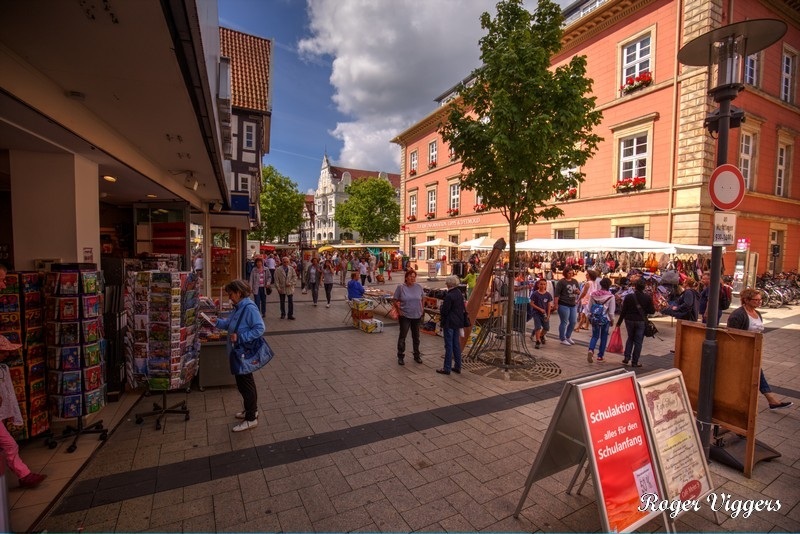

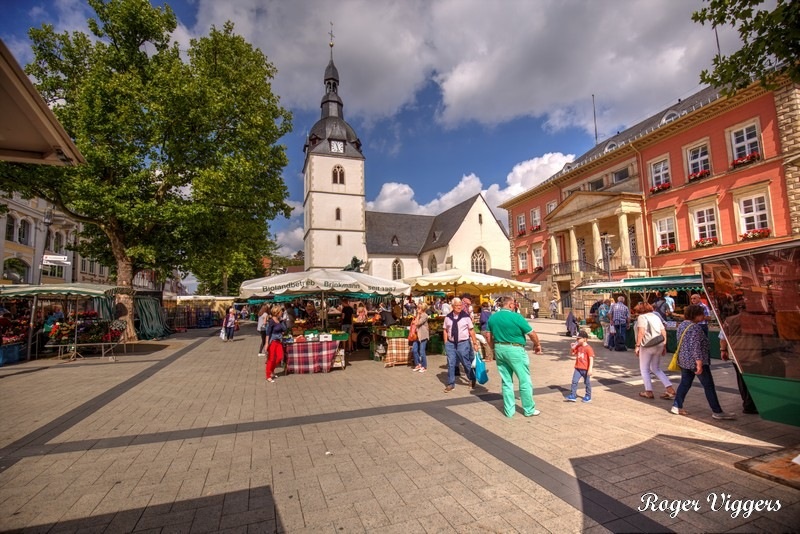
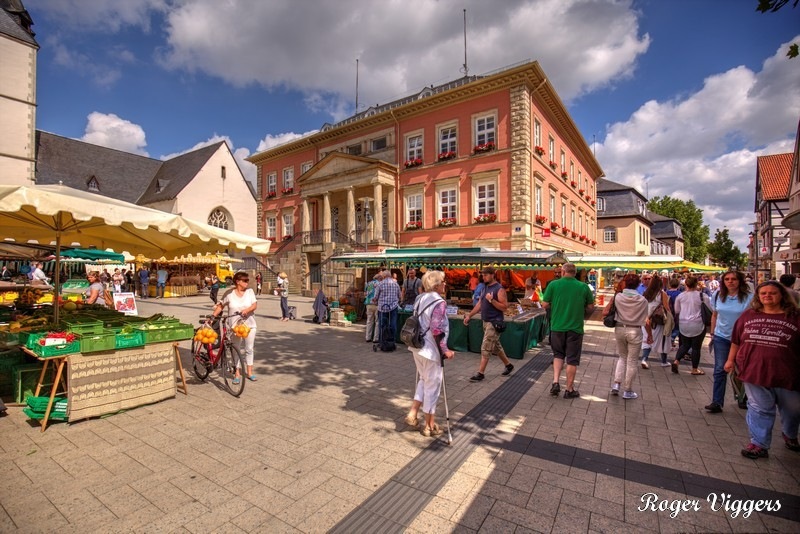



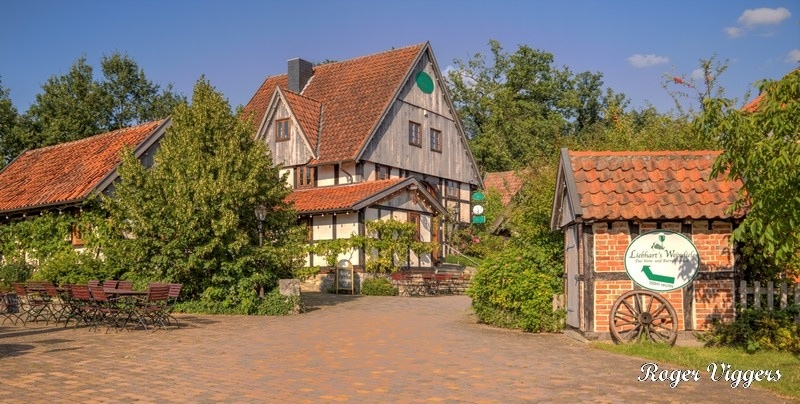



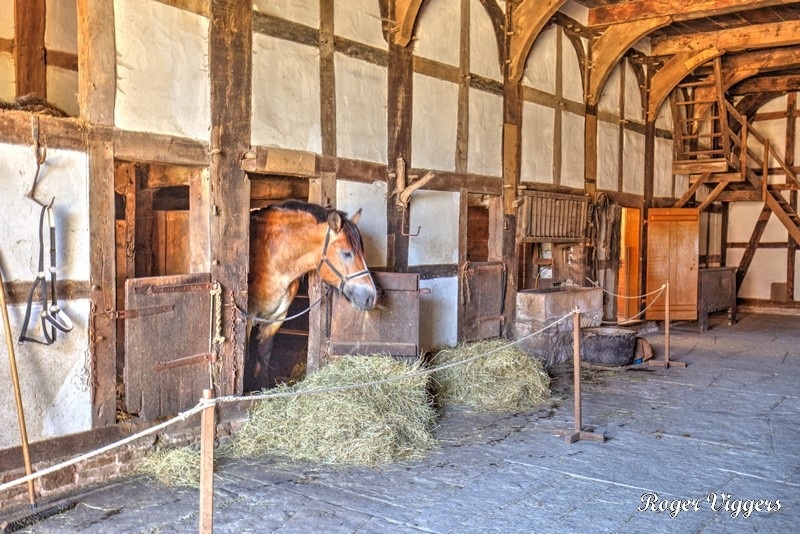



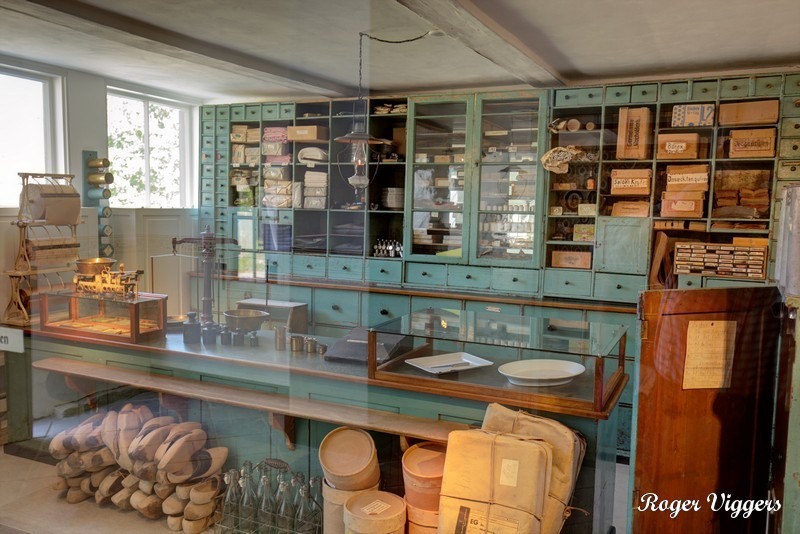
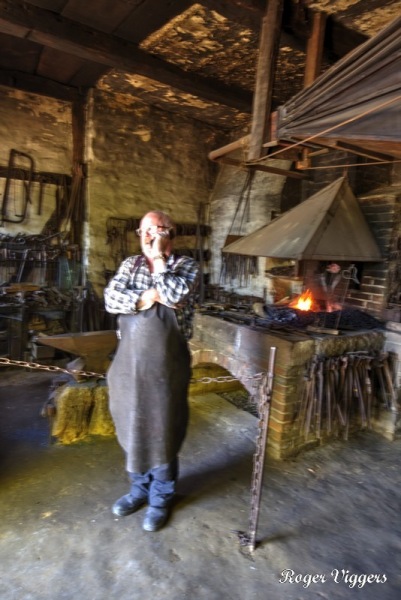


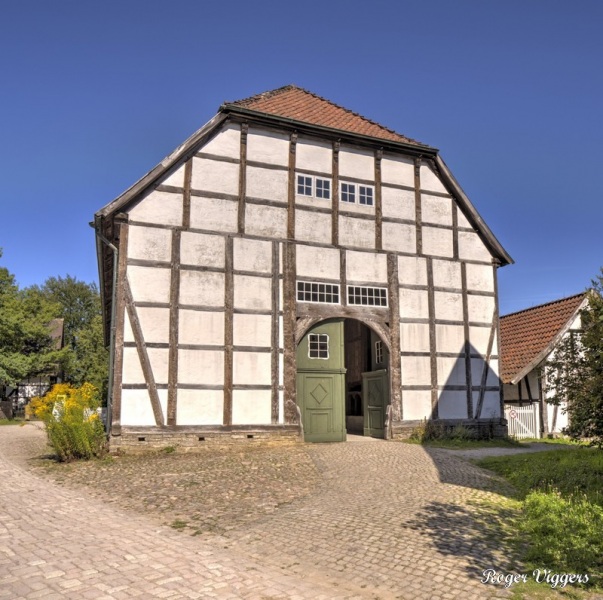
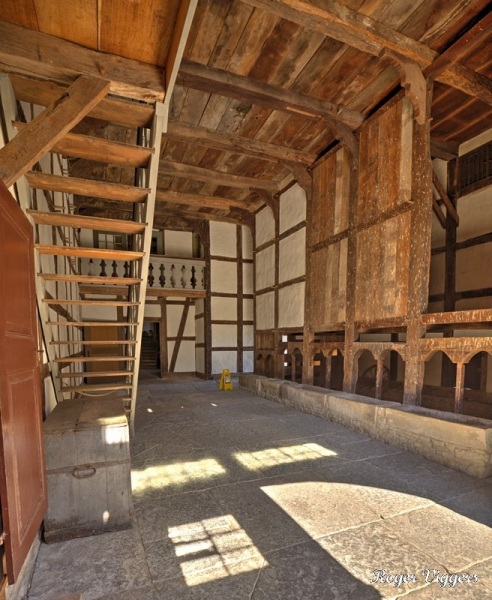


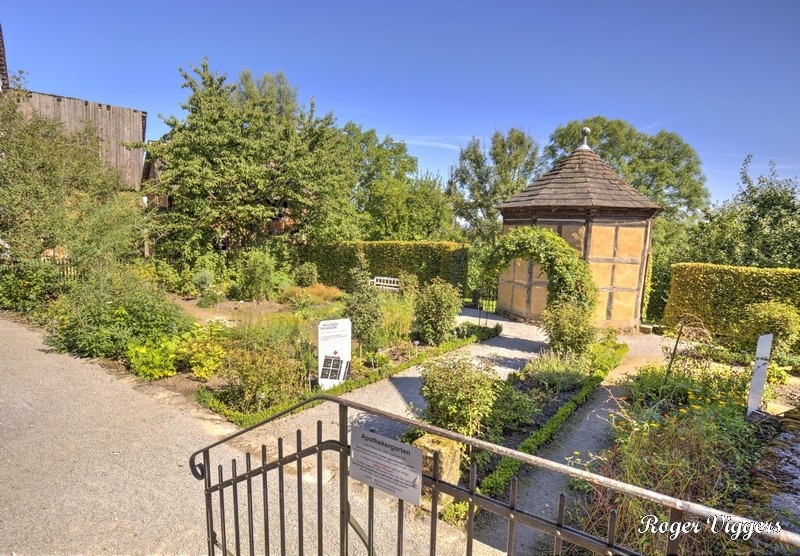
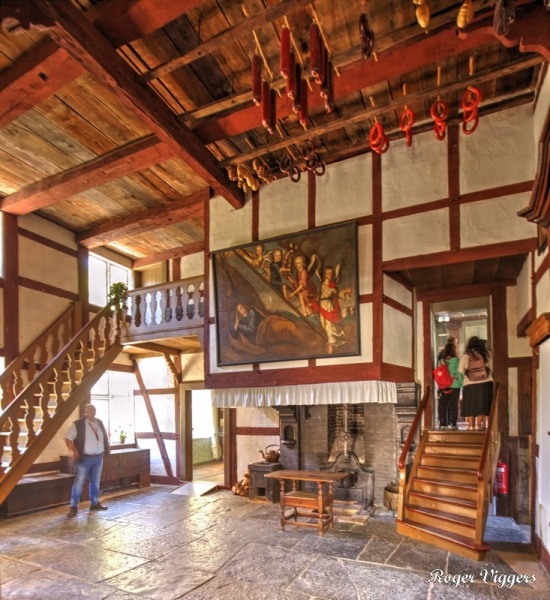


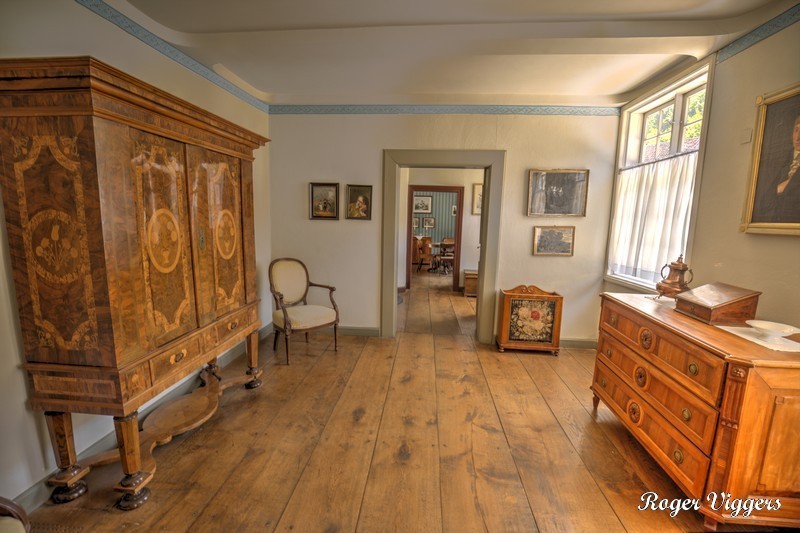

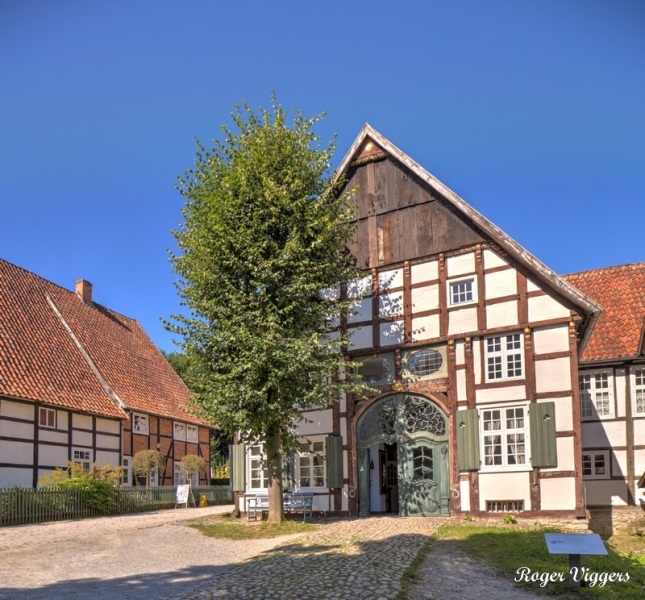
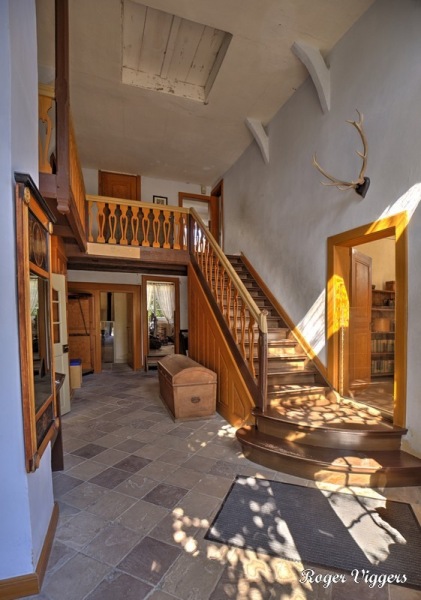





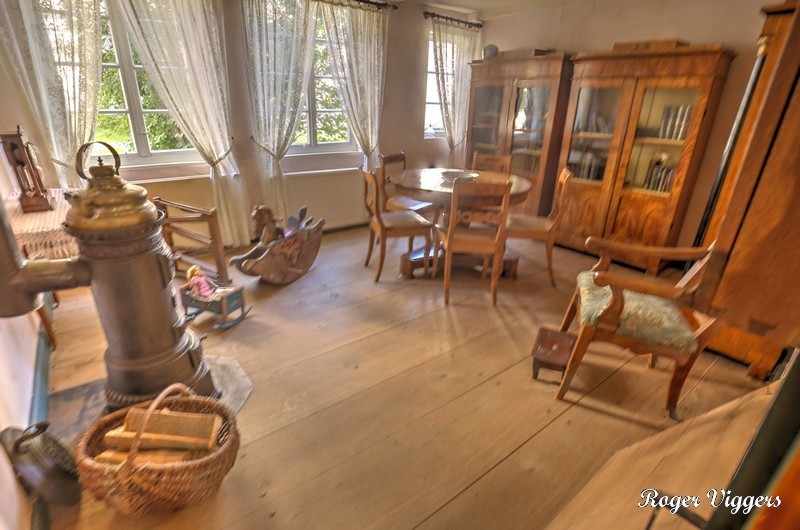
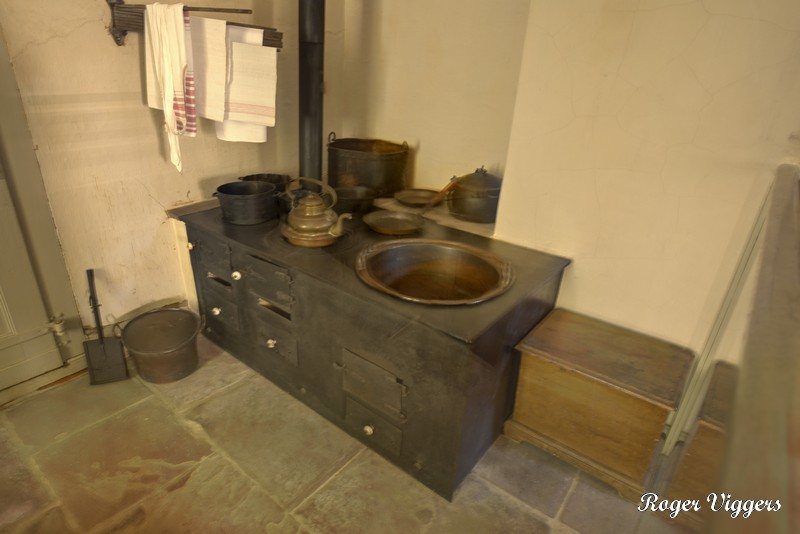
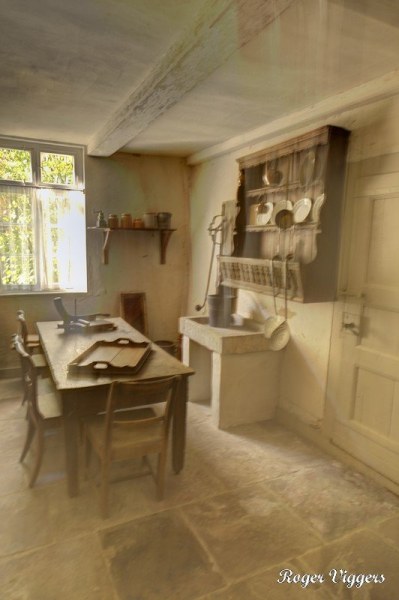
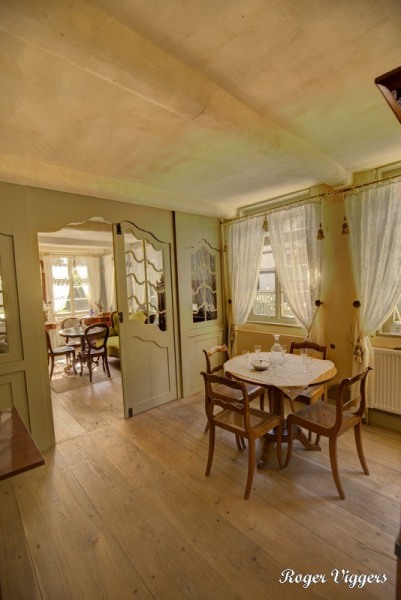


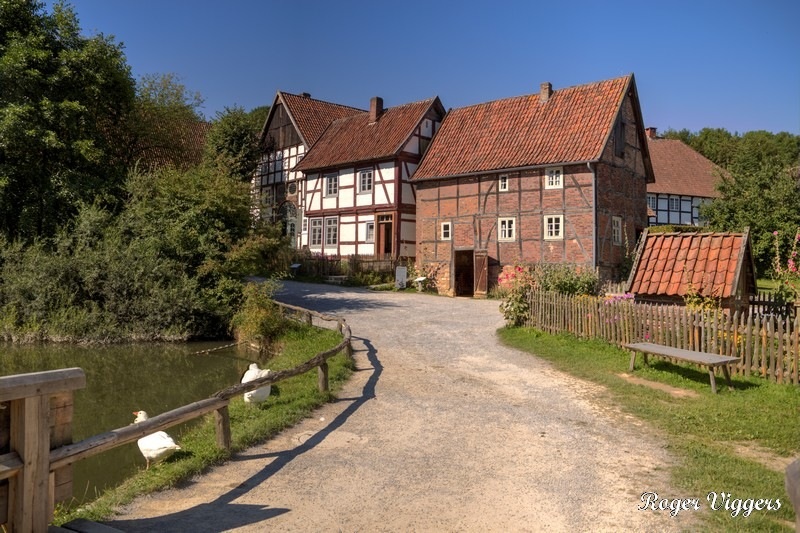



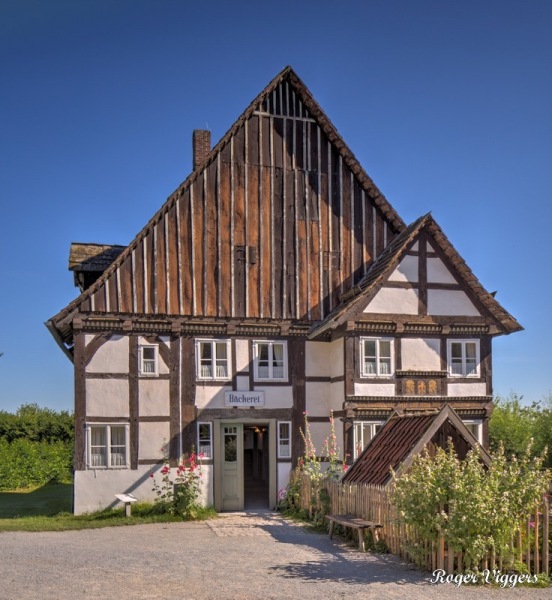



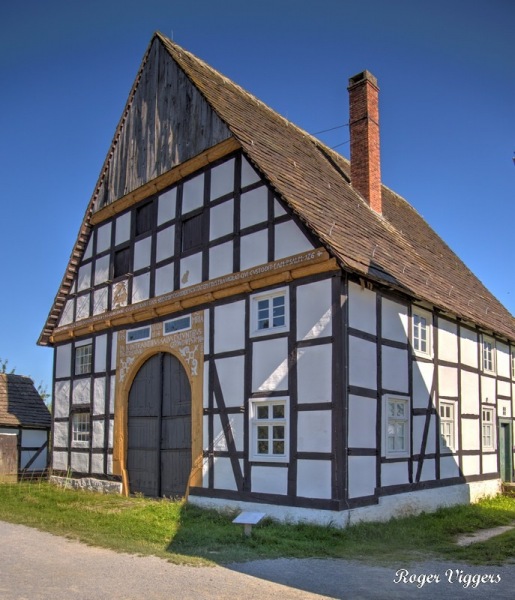




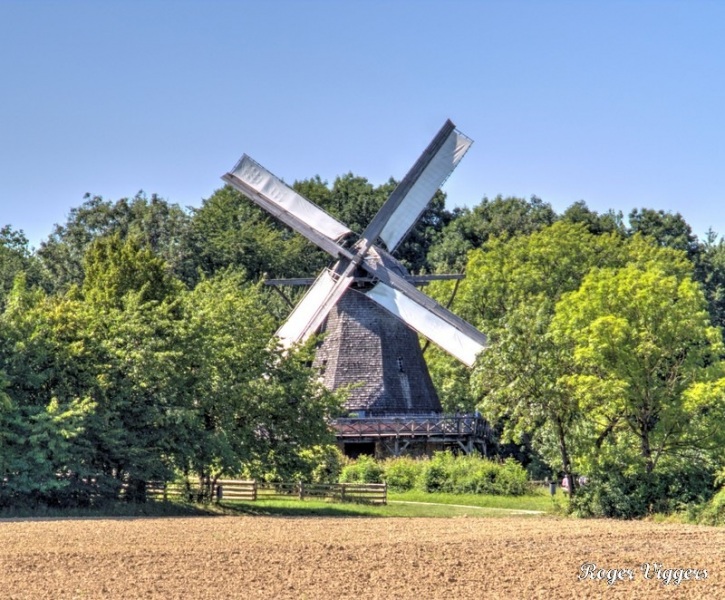









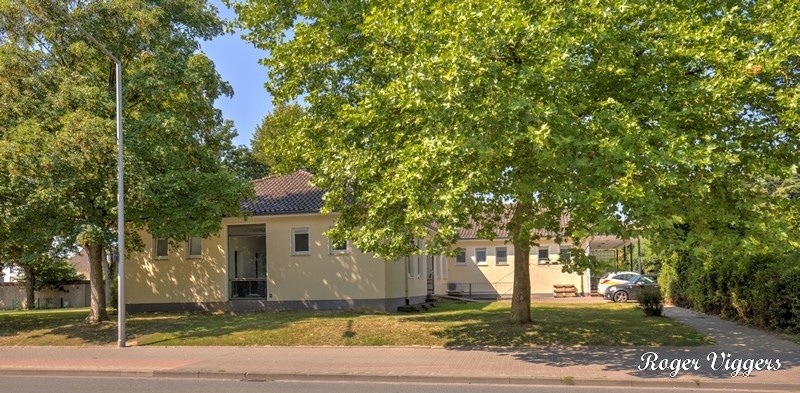
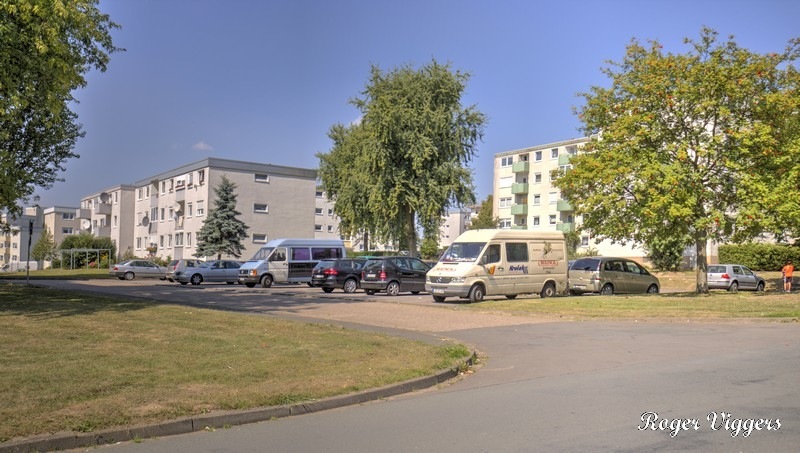





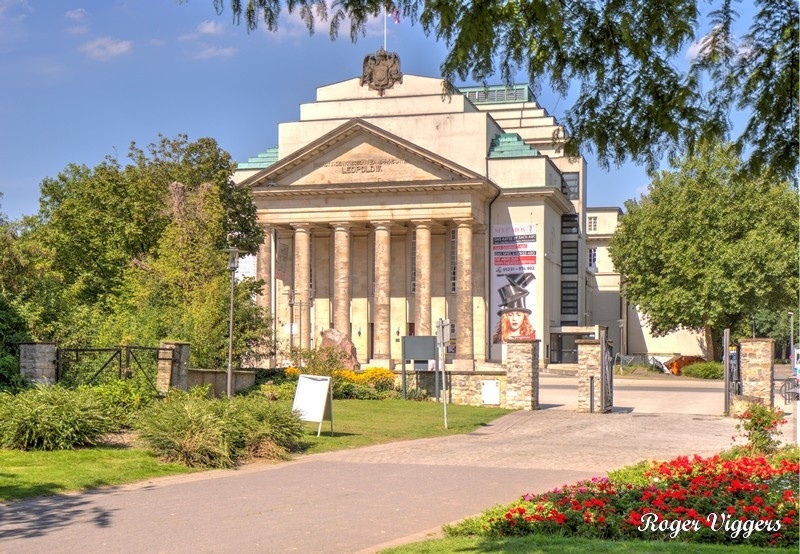

Wonderful memories thanks
Brilliant to see it all again.
I tranfered from The Irish Guards, to The Life Guards, and arrived just newly married with my wife one snowy night in 1980.
And went to A sqn The Life Guards.
Lived at Am Posttiech, Heidenoldendorf -such a lovely place.
Shame to what it has all become now though?
The Hack – a no go zone by all accounts!
When I visited during the day it was peaceful enough although a plodmobile drove into the estate while I was there.
Great memories of my time at 4 Field Workshops REME, 1973 to 77. Boozy nights in the barrack bars like the Armadillo Club. Thanks for the memories!
Nice one Roger and thank you for sharing.
Brilliant photographs bringing back lots of memories from my time in detmold. 20 OFP at Elles Barracks 1965-68. favorite haunts were the keller bar and cafe funke.
Spent 4 happy years (90-94) in Detmold running the Naafi. Lovely town. Sad to leave.
I spent a summer holiday in Detmold in the mid/late 1970s when I was about 10 or 12 years old. I stayed with my auntie Linda and her husband Dick Milne (who was in the Life Guards). I remember it being a lovely time. I passed by again when I was inter-railing as an 18-year-old. I’m on this site because I was doing a Google Maps wander and I wanted to see the street where Linda (nee Douglas) and Dick’s house was. British Army housing, of course. I haven’t found it yet (on Google Maps). Does anyone know which part of town it might have been? There was a five-a-side open-air football pitch/sports court nearby their house.
Between 1973-76 I was a bandsman with the 9th/12th Royal Lancers in Detmold and I loved the place. The food, the drink, the people all made those three years the happiest of my army days.
I was billeted in block 60 which was close to the cinema and open-air swimming pool. Great memories!
I was REME attached to the Lifeguards in Kluter Kasserne(Lothian Barracks) Detmold.
I was in HQ Squadron. Dick Batey was SCM. Went to NI Armagh with them, and also Canada. Used to frequent the Ritter Steuben , with the then owners Inghe and Dieter. When the Lifeguards went back to Windsor. I stayed with the Blues and Royals 1973 to 1978 loved Detmold👍